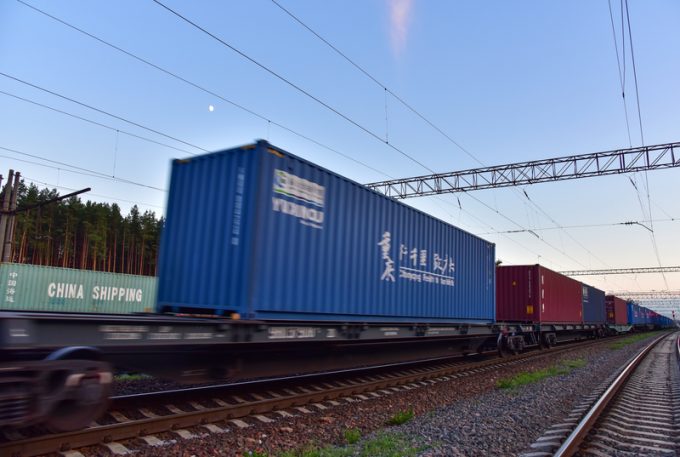Vedat Serbet returns to Hellmann to develop European rail freight offering
Hellmann Worldwide Logistics has appointed former Dachser executive Vedat Serbet (above) to the new position ...

Demand for China-Europe rail freight has dipped over the past two weeks, a knock-on effect from China’s Golden Week holiday and the power shortages impacting factory production.
Nevertheless, congestion in Poland, as well as Covid cases at Khorgos, the key boarder crossing and transhipment point in Kazakhstan, means there are still long delays, according to Chengdu-based New Silk Road Intermodal (NSR).
Jacky Yan, the forwarder’s founder and CEO, told The Loadstar: “New cases in Khorgos City have led to the temporary closure ...
'Disastrous' DSV-Schenker merger would 'disrupt European haulage market'
'To ship or not to ship', the question for US importers amid tariff uncertainty
'Chaos after chaos' coming from de minimis changes and more tariffs
List of blanked transpac sailings grows as trade war heats up and demand cools
EC approves DSV takeover of DB Schenker
Shippers in Asia restart ocean shipment bookings – but not from China
Forto 'sharpens commercial priorities' as it lays off one-third of staff
India withdraws access for Bangladesh transhipments, in 'very harmful' decision
'Tariff hell' leaves industries in limbo – 'not a great environment to plan'
Temporary tariff relief brings on early transpacific peak season
Pre-tariff rush of goods from US to China sees air rates soar, but not for long
De minimis-induced ecommerce demand slump could cripple freighter operators
Asian exporters scramble for ships and boxes to beat 90-day tariff pause
Forwarders 'allowing the fox into the chicken run' by supporting 'hungry' carriers
Hapag 'took the bigger risk' when it signed up to Gemini, says Maersk
'Restoring America's maritime dominance' – stop laughing at the back of the class

Comment on this article